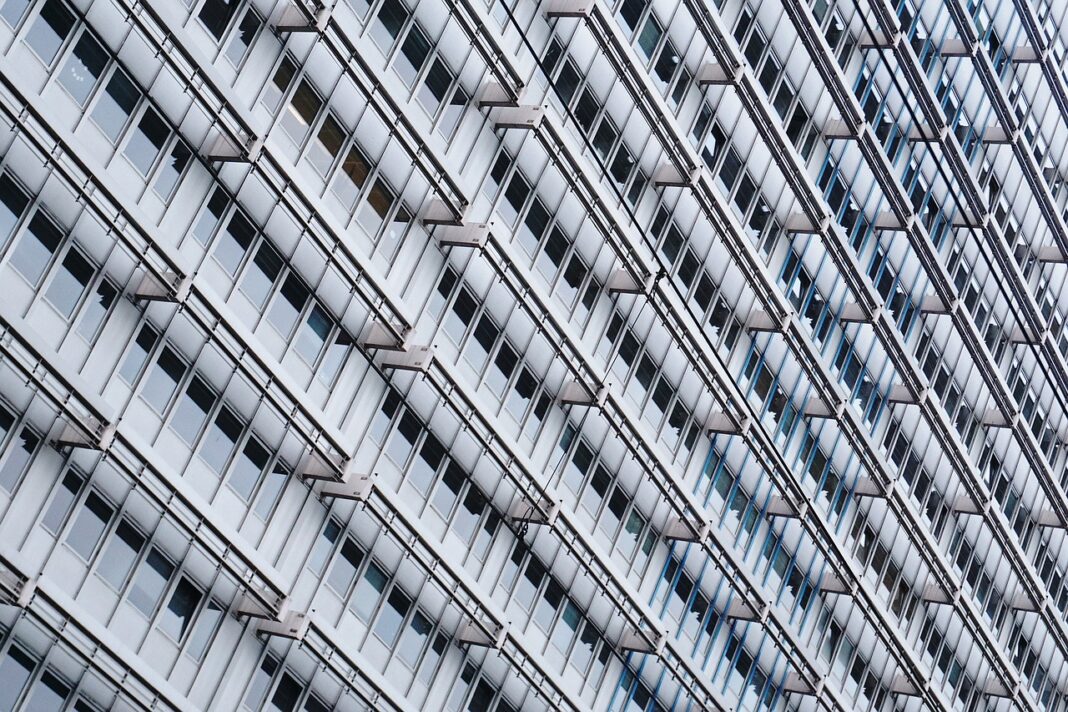Metal Panels
Our world is surrounded by metal architecture: Roofs, gutter systems, and walls in commercial and residential structures are making a comeback. It’s essential to familiarize yourself with the basics of metal wall panels before you make any final decisions or purchases, whether you work in the metal construction industry, decide whether to use metal wall panels for your home or business, or are just doing research.
We see it as very important to understand what precisely you’re working with, how it works, and what it’s meant for before accepting a job bid or making a purchasing decision.
Metal panels for walls can be used for a variety of purposes
Wall metal panels can be made from various materials, including steel, which is one of the more popular metals in commercial construction.
- Aluminum
- Copper
- Stainless steel
- Steel
- Titanium
- Zinc
Steel frames first became popular in the construction industry in the 19th century, but using metal in every type of construction is extremely popular today. Commercial, residential, and industrial settings all use it. Metal wall panels have been used in the construction of some buildings that you see every day, including:
- Banks
- Homes and condominiums
- Hospitals
- Hotels or restaurants
- Industrial plants
- Manufacturing facilities
- Offices
- Recreation facilities
- Retail stores
- Schools
- Warehouses
Types of metal wall panels
The three most common types of metal wall panels used in metal construction include a variety of materials and metal types. It depends on the type of structure or the surrounding environment which each has specific properties. This overview provides a brief description of single skin, metal composite panel, and insulated metal wall panels.
Single skin
Also known as preformed or roll-formed panels, single skin metal panels have one surface. Roll-formed or preformed metal is generally used in these profiles. They are layered interlocking. The majority of these panels can be installed horizontally or vertically and in a shorter time than other metal panel systems.
You can make them with or without insulation and with or without protective coatings that protect them from corrosion and fading. However, because they are less rigid, they are subject to damage, especially at ground level, since they are less rigid than other types of metal wall panels. There are, however, certain advantages that come from using single-skin metal wall panels.
- One is their lightweight and ease of installation.
- Another is their renewable nature.
- Almost any weather situation and environment will allow installation.
Metal Composite Panels (MCP)
Over the past 40 years, metal wall panels have been used in North America for construction projects. Typically, panels are formed by bonding thin metal skins (mostly aluminum) to a core of fire-resistant plastic made from polyethylene or similar flame-retardant material at ideal temperatures, pressures, and tensions. Using a metal/plastic composite instead of a solid metal panel with the same thickness will benefit you more.
What are the advantages of using an MCP panel?
- Due to the metal skins being bonded to a core, you won’t have oil canning in your panels.
- Even after installation, panels maintain their original shape.
- Panels made from MCM can be used in various building types or connect other building materials. They maintain the building’s curb appeal for years to come and retain its beauty and shine.
- By the construction plans, they can be bent, curved, or shaped in any way they wish.
- They protect the exterior of a building from harsh weather conditions, air leakage, and water intrusion.
What are Insulated Metal Panels?
A metal wall panel made of aluminum or steel is sandwiched between two insulating foam panels (e.g., polystyrene or polyisocyanurate) and has an aluminum or steel metal face panel. These products are perfect for climate control buildings and commercial or industrial spaces.
As IMPs need to be adequately sealed to prevent water intrusion, environmental factors need to be considered when deciding whether or not to use them. It would help if you also considered the climate, the humidity, and the temperature of the area where you intend to install these metal wall panels.
They are great for use in certain types of building applications because:
- They offer efficient insulation.
- Are easy to install.
- You can find out what type of metal panel is right for your next job by checking out this Metal Construction News comparison guide of the different types and their properties.
Read More: A Comprehensive Guide About How To Lock Garage Door Manually?
Metal wall panels offer several advantages
In contrast to other common materials such as vinyl, brick, stone, or wood? In comparison to other types of wall panels, metal panels offer some advantages over traditional wall systems:
- The beautiful appearance: Metal wall panels are beautiful whether they are used inside or outside residential or commercial buildings. These sheets can be formed into various patterns, have a gloss or matte finish, and come in an array of colors. It is easy for interior designers and architects to use metal wall panels because they are versatile.
- Metal wall panels have a reputation for being durable, which is no surprise since metal structures hold up well under normal wear and tear. In contrast with vinyl panels or wood, they do not dent or ding easily and are very durable. They also need very little maintenance once installed.
- You may be pleased to know that metal wall panels have relatively low installation and maintenance costs when it comes to your home, business, or contracted project. Lightweight material, such as metal and concrete, allows for faster installation and requires fewer support structures than heavier materials, such as brick and granite.
How thick is a wall made of metal panels?
The metal sheet typically has a thickness of fewer than 0.05 inches (1.10 mm.) Depending on the insulation, the overall panel thickness ranges from 1.2 inches to over 2 inches. With adjacent panels that resemble lap-seam panels, composite metal wall panels are frequently ship-lapped.
What kind of wall paneling is the least expensive?
We advise using plywood if you want to optimize wall covering costs while spending the least amount of money. They are easily assemblable, accessible, and reasonably priced. When remodeling your walls, plywood is a material that will save you time and money.
Apart from this, if you are interested to know more about Whole House Generator Installation Costs then visit our Home Improvement category.




